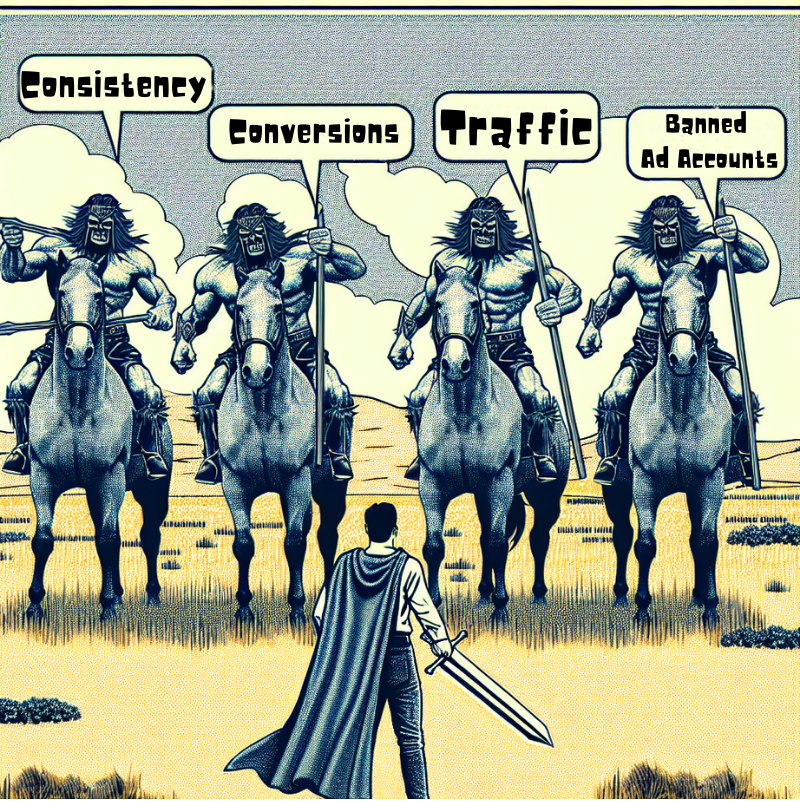Can you answer this question: “How to Thrive in the Ever-Evolving Mobile Market?“
Mobile devices have reshaped how we interact, shop, and do business. As the digital landscape continues to evolve, companies are recognizing that mobile optimization is not just a trend, but a fundamental shift in how consumers engage with brands. In this blog post, we’ll delve into why having a mobile-optimized website is crucial for any business aspiring to stay competitive and how it can be a game-changer in your industry.
The Rise of Mobile Internet Usage
It’s undeniable that mobile devices have become the primary tool for internet access. With over half of all website visits now coming from smartphones and tablets, businesses can no longer afford to overlook the importance of mobile. Google, recognizing this shift, has been prioritizing mobile-friendly sites in search results since 2015. This means that if your website isn’t optimized for mobile, you’re potentially missing out on a vast segment of your market.
What Does Mobile Optimization Look Like?
Mobile optimization encompasses several key elements that enhance user experience and improve your site’s performance. Here’s what you need to ensure:
- Responsive Design: Your site should look and function seamlessly across all devices. This means having a design that adapts to different screen sizes, reformatting content fluidly whether it’s viewed on a phone, tablet, or desktop.
- Speed: Mobile users expect quick access. Websites that load slowly on mobile devices can frustrate users and increase bounce rates. Employing lightweight code and optimizing images can help your site load faster.
- Navigation: Touchscreen-friendly navigation is a must. Ensure that buttons are easily clickable and menus are accessible, making for a smoother browsing experience.
- Readability: Content should be easy to read on smaller screens without excessive scrolling or zooming. Streamlined layouts and concise messaging help keep your audience engaged.
The Business Benefits of Mobile Optimization
Optimizing your website for mobile users goes beyond just attracting traffic—it’s about creating a more engaging user experience that can lead to higher conversion rates and customer loyalty. Here are some of the top benefits:
- Enhanced User Experience: A mobile-optimized site shows that you value your customers’ time and are committed to providing quality interaction. This can increase customer satisfaction and loyalty.
- Improved SEO Ranking: Google’s mobile-first indexing means that your mobile site’s performance directly influences how you rank in search results. Better mobile functionality can lead to higher visibility.
- Increased Engagement and Conversions: Mobile optimization makes it easier for users to interact with your site and make purchases. Simplified navigation and faster load times contribute to a smoother checkout process.
The Competitive Edge
In many industries, companies are still catching up to mobile optimization. By prioritizing this aspect of your digital strategy, you can gain a significant advantage over competitors who are slower to adapt. Mobile is not just another channel, but a primary one through which future consumers will engage with brands.
Investing in Mobile: The Path Forward
While setting up a mobile-optimized website requires some investment, the long-term benefits far outweigh the costs. It’s about future-proofing your business and ensuring you remain relevant in a digital-first world. Companies that embrace mobile optimization are positioning themselves to lead in their markets, connect with more customers, and drive sustainable growth.
For the Final word
Mobile optimization is no longer optional. It’s a critical aspect of modern business strategy. Whether you’re a small startup or a large enterprise, your ability to engage mobile users can define your future success. As mobile usage continues to grow, now is the time to invest in a responsive, fast-loading, and user-friendly mobile website. Embrace the mobile revolution, and watch your business thrive in the mobile-first world. As we move forward, remember that mobile optimization is not just about adapting to changes — it’s about leading the charge and setting new standards in user engagement and customer service. Start your journey today and unlock the full potential of the mobile market.








